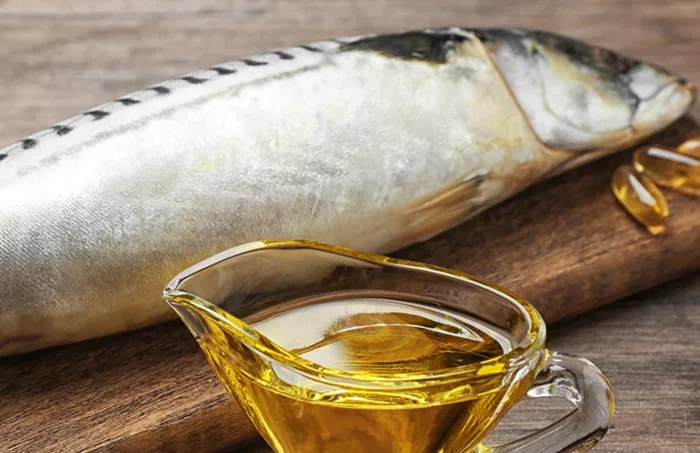Garri, a type of flour processed from cassava tubers, is a popular staple food consumed widely across Nigeria and other parts of West Africa. It is commonly eaten as eba (a dough-like meal) or soaked in water and combined with milk, sugar, and groundnuts for a quick, filling dish.
While widely appreciated for its versatility and taste, garri has also been the subject of concern over potential health risks, particularly when consumed in excess. Rumors persist among some Nigerians that overconsumption may impair eyesight or lead to other health problems. To address these claims, BBC News Pidgin spoke with health experts, including registered dietitian Dr. Sa’adatu Sulaiman and medical doctor Dr. Abdulmalik Ibrahim of Gwarzo General Hospital in Kano.
Nutritional Value of Garri
According to Dr. Sulaiman, garri can be part of a healthy, balanced diet when consumed appropriately. She highlighted the following benefits:
High Energy Content: As a carbohydrate-rich food, garri provides a rapid energy boost, making it suitable for people engaged in physically demanding activities.
Low Fat: Garri contains minimal fat, making it ideal for individuals managing their fat intake. However, Dr. Sulaiman recommends pairing it with healthy fat sources such as groundnuts or fish for better nutritional balance.
Gluten-Free: Made from cassava, garri is naturally gluten-free, making it suitable for people with gluten intolerance or celiac disease.
Dietary Fiber: When not excessively processed, garri retains some fiber, which supports digestion and promotes gut health. However, it contains less fiber compared to whole grains or vegetables.
Vitamin Fortification: Some commercial varieties are fortified with vitamins, particularly vitamin A, to help address nutrient deficiencies. Garri also pairs well with protein-rich foods like beans or fish, enhancing its overall nutritional value.
Resistant Starch: Research suggests cassava-derived foods like garri contain resistant starch, which may support digestive health by acting as a prebiotic. However, the effectiveness depends on the method of processing.
Despite these benefits, Dr. Sulaiman cautions that garri is not a complete food on its own. It lacks significant amounts of protein, iron, zinc, and calcium. A diet relying heavily on garri without nutrient-rich supplements may lead to nutritional deficiencies.
Health Risks of Improper Processing
Dr. Abdulmalik Ibrahim emphasized that the potential risks associated with garri consumption primarily stem from improper processing. Cassava naturally contains cyanogenic glycosides, which can produce cyanide—a toxic compound—if not thoroughly removed during processing.
“Garri contains a chemical compound known as cyanogenic glycoside, which can release cyanide, a dangerous poison, if not properly processed,” he explained. “Consuming garri made from inadequately processed bitter cassava can result in symptoms of cyanide poisoning, such as vomiting, dizziness, and in severe cases, neurological issues that can affect movement.”
On the commonly held belief that garri impairs vision, Dr. Abdulmalik stated that while no direct link has been conclusively established, there may be some truth under specific conditions.
“If the garri contains residual cyanide due to poor processing and is consumed excessively, it could potentially lead to neurological symptoms, which might include issues with eyesight,” he said. “However, this is not common with properly processed and commercially sold garri.”
Conclusion
Garri remains a valuable component of the West African diet due to its accessibility, affordability, and energy-boosting properties. When processed and consumed correctly—as part of a balanced diet including protein, fat, and micronutrients—it can contribute positively to health.
However, health experts warn against excessive reliance on garri, particularly varieties that are not properly processed. Inadequate preparation may expose consumers to toxins like cyanide, and a garri-dominated diet may fall short of essential nutrients the body needs to function optimally.
As with all staple foods, moderation and balance are key. Nutritionists recommend combining garri with other nutrient-rich foods and ensuring that it is sourced from trusted producers who follow safe processing practices.
Related Topics



































